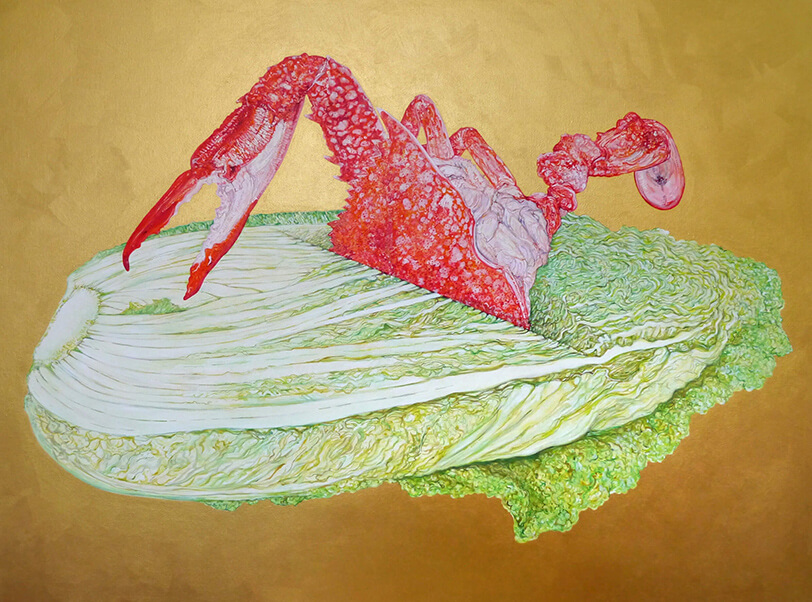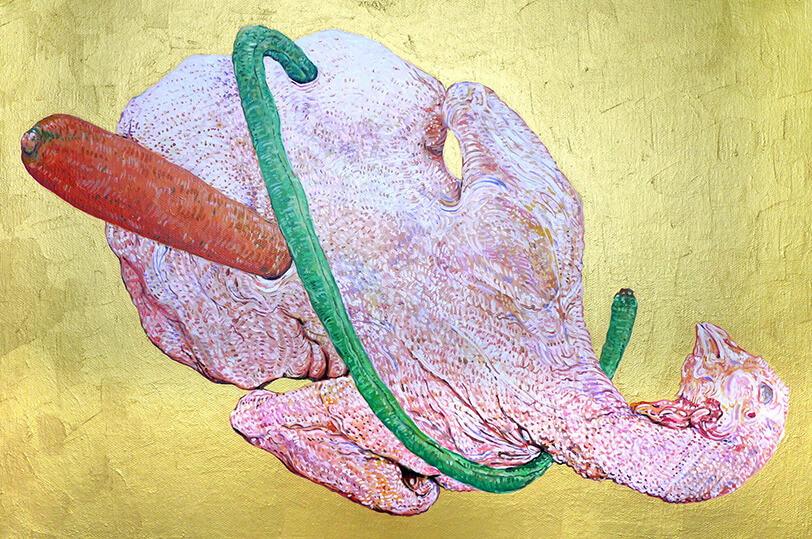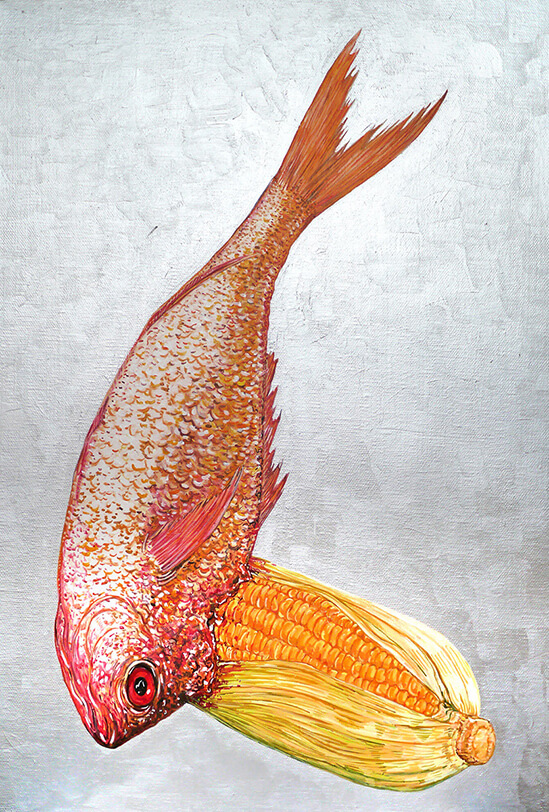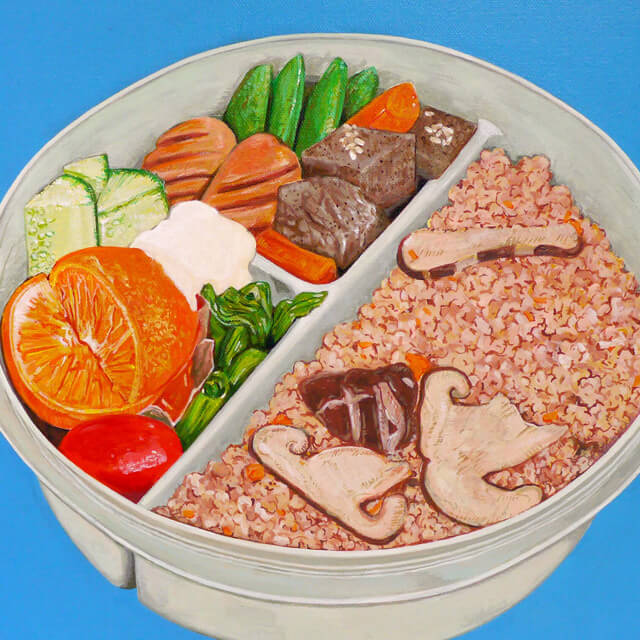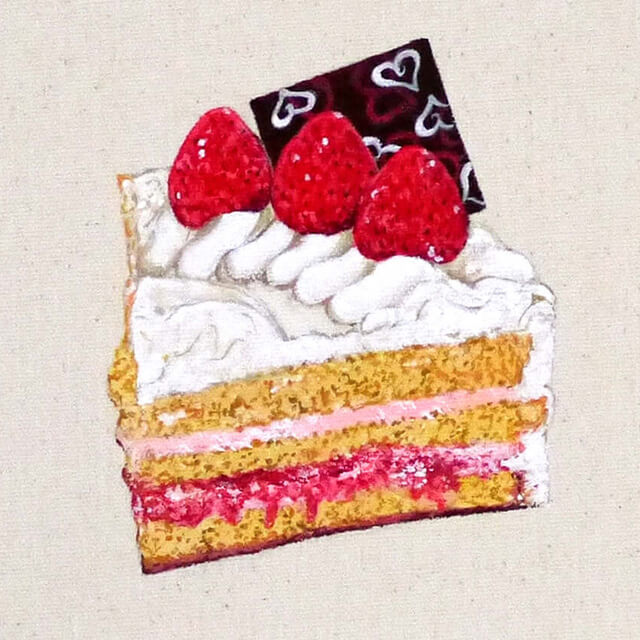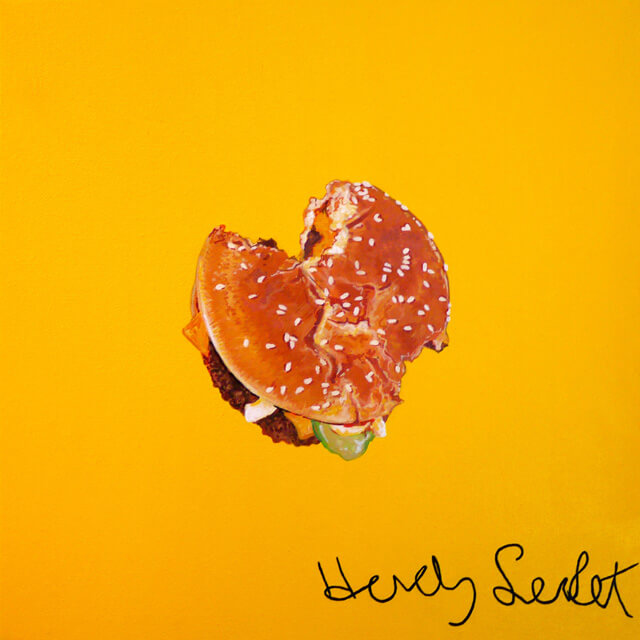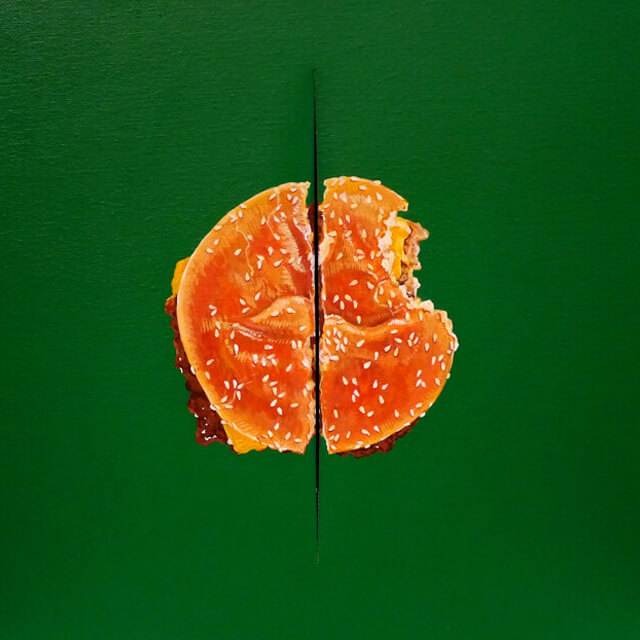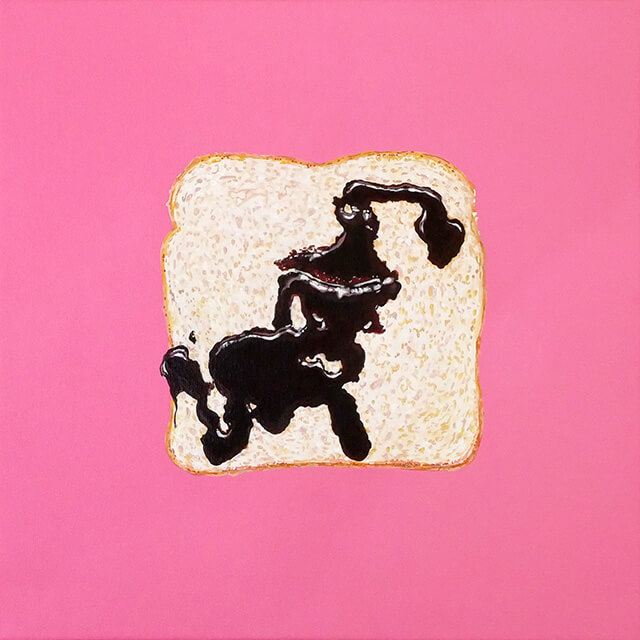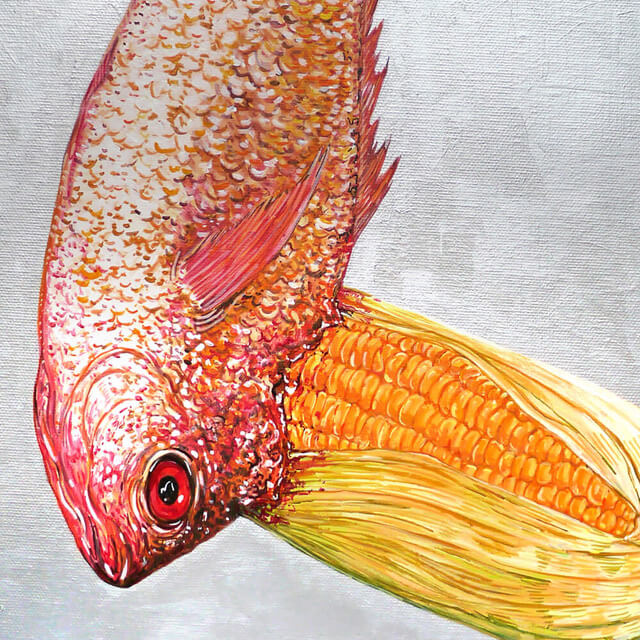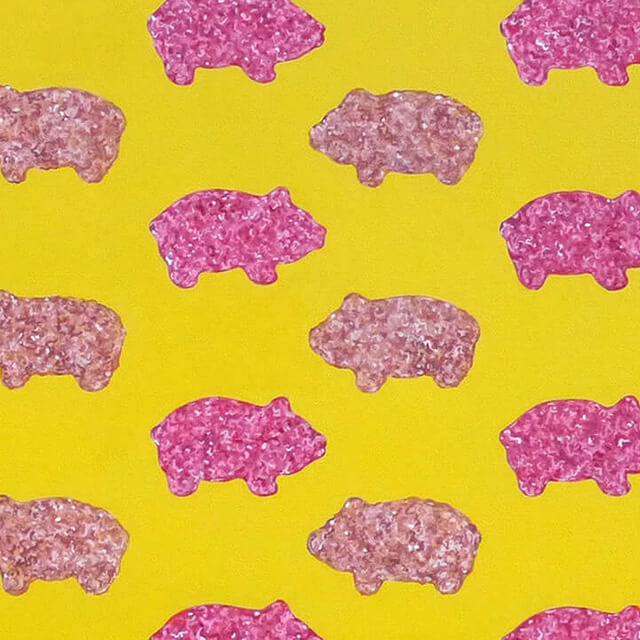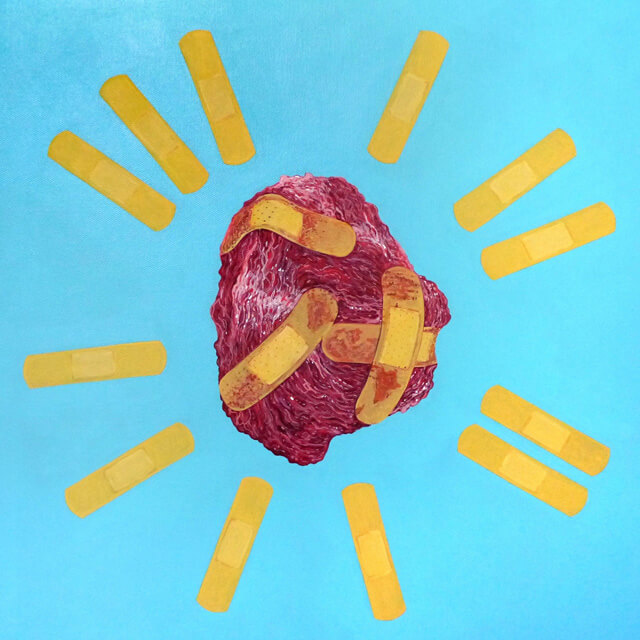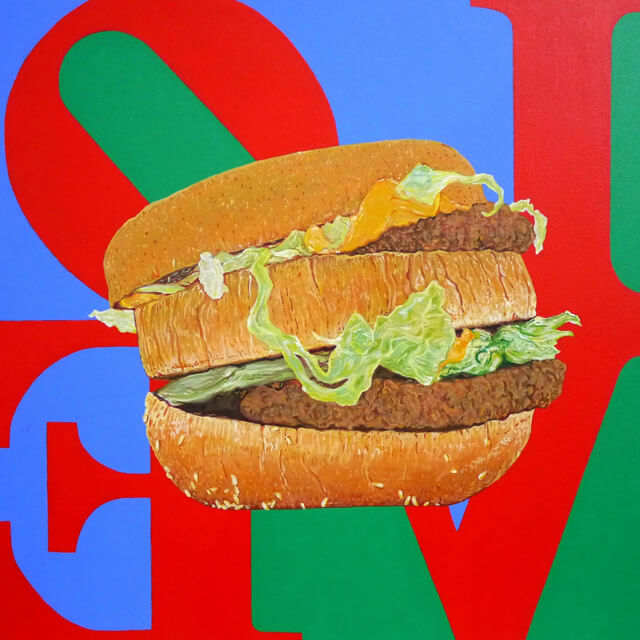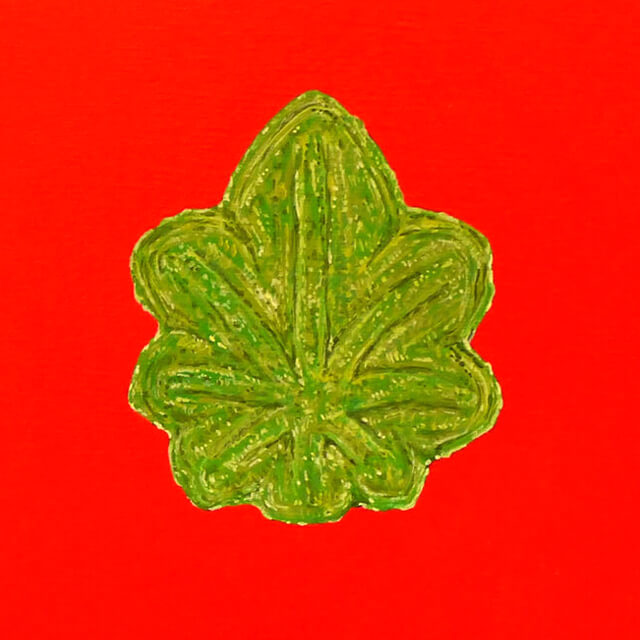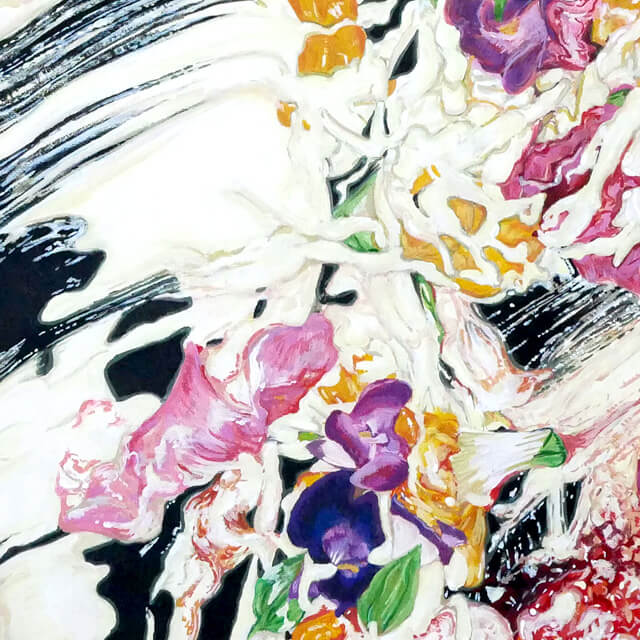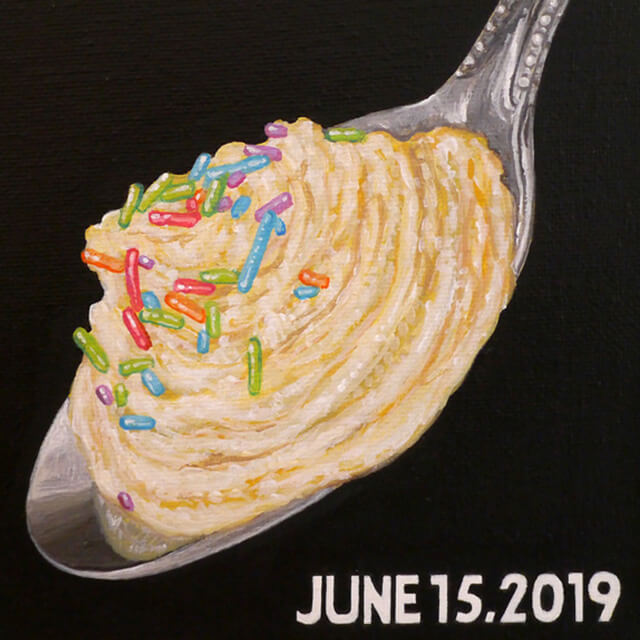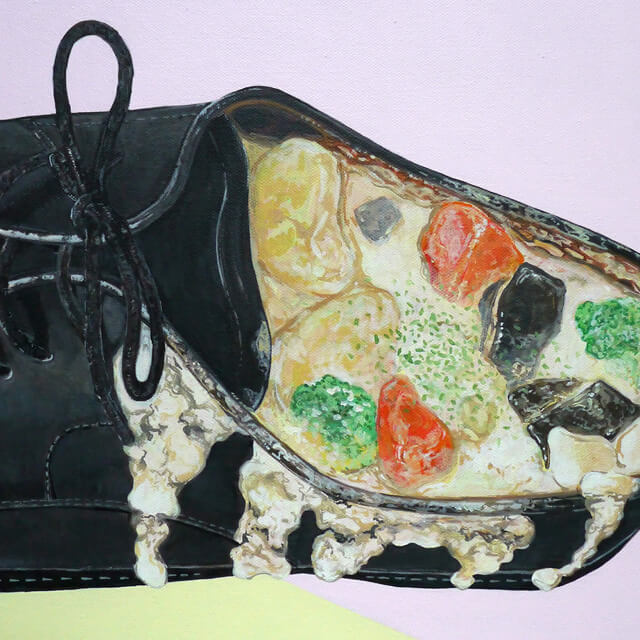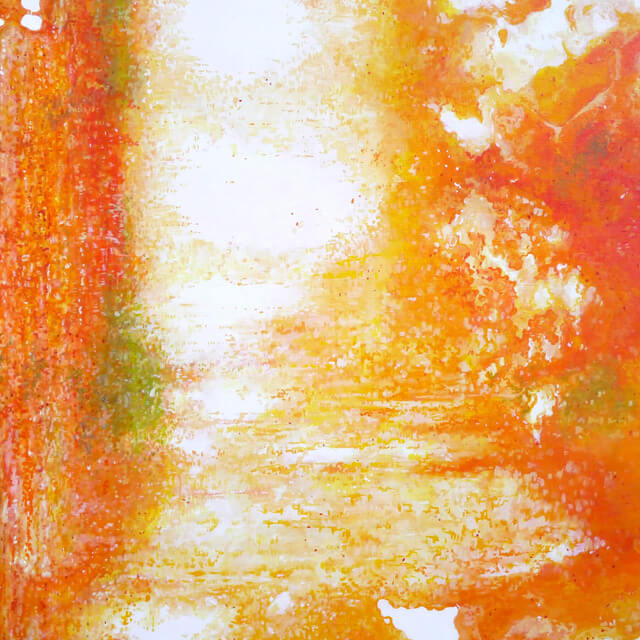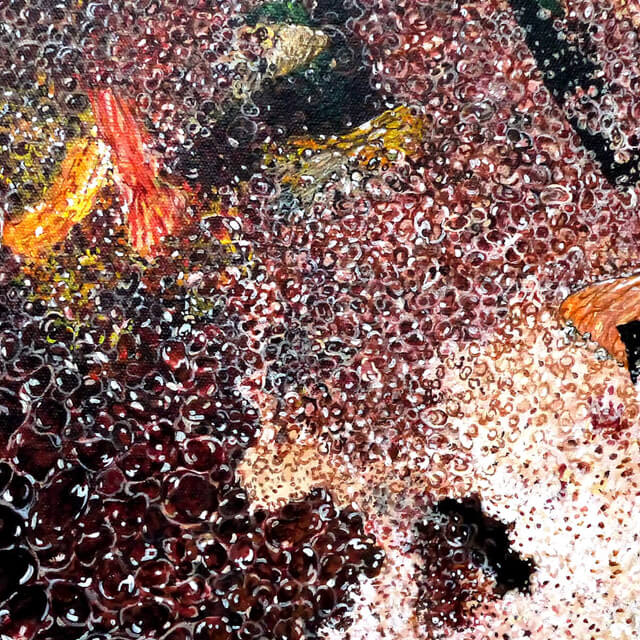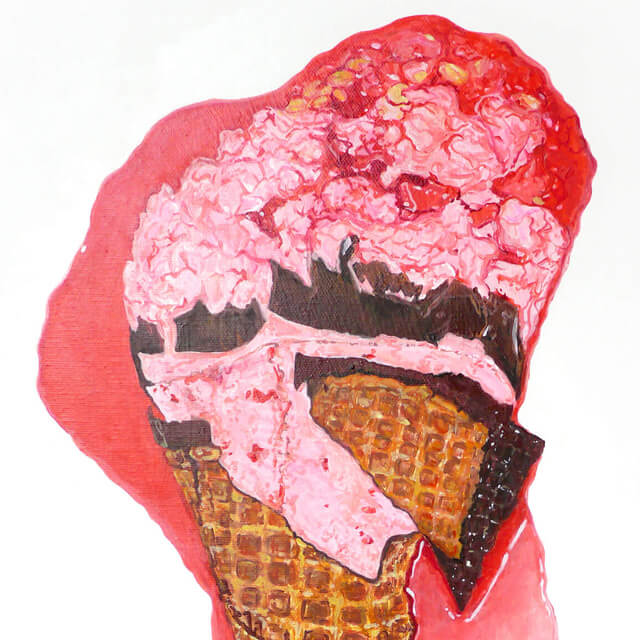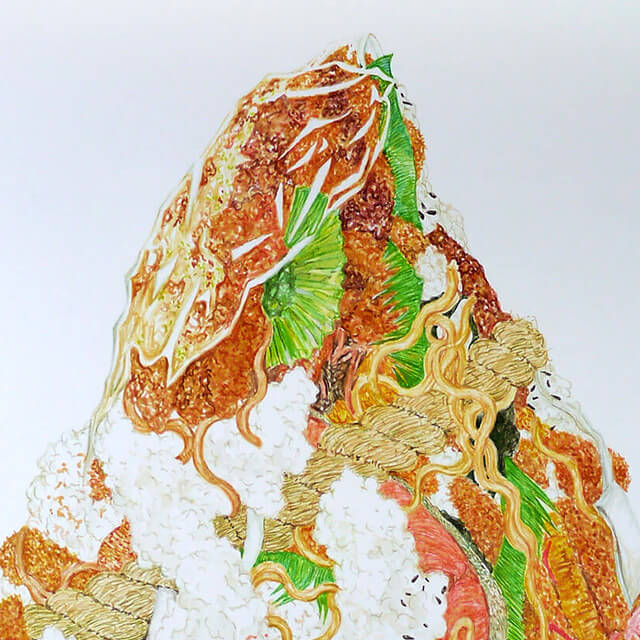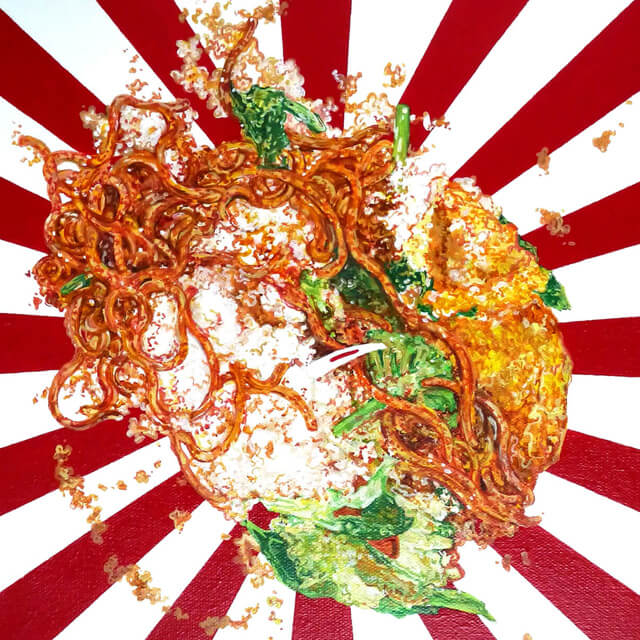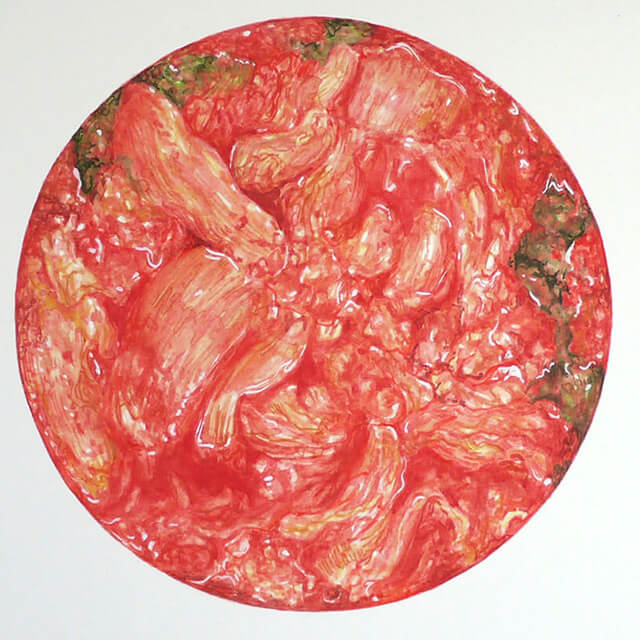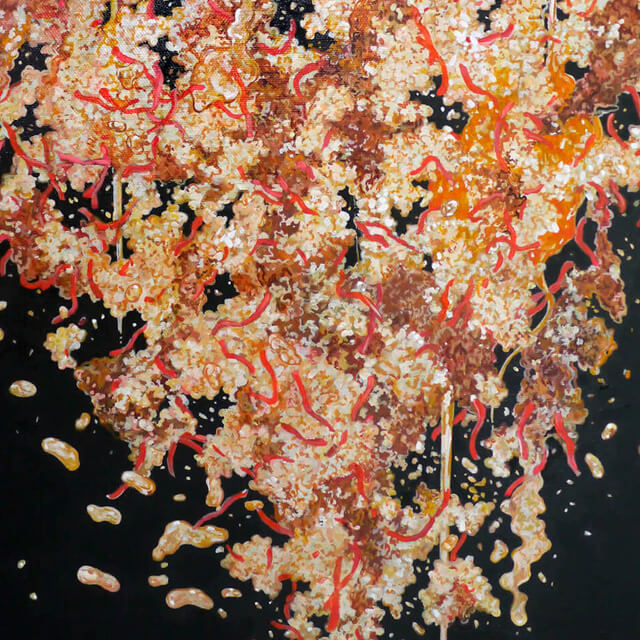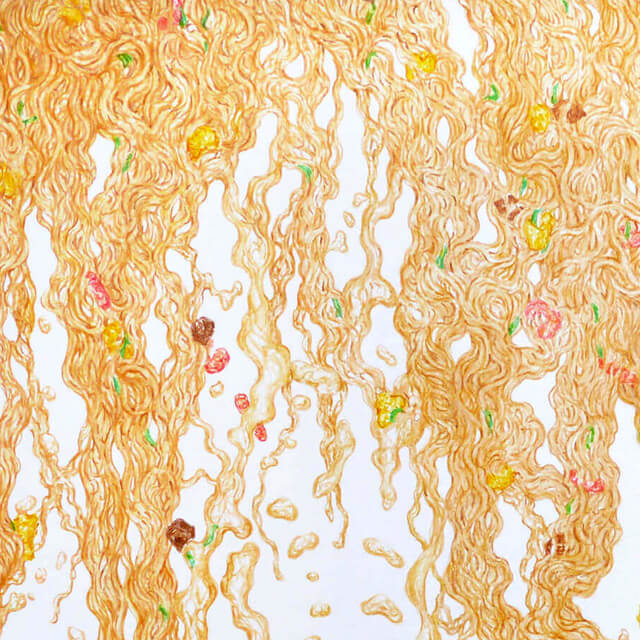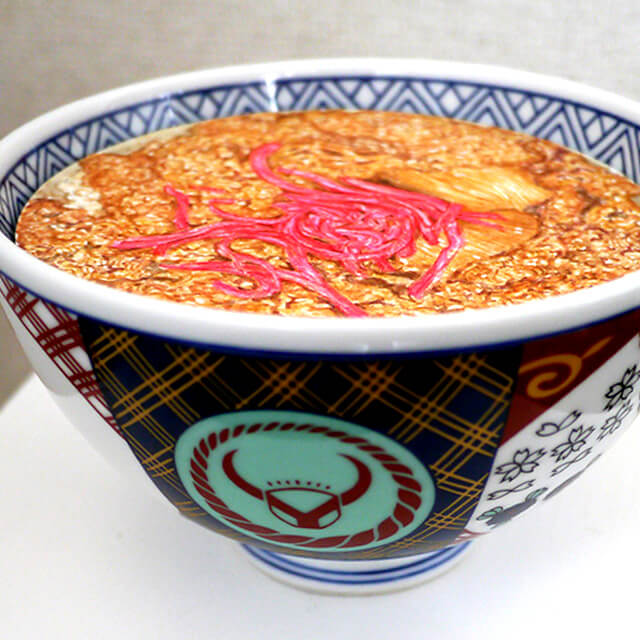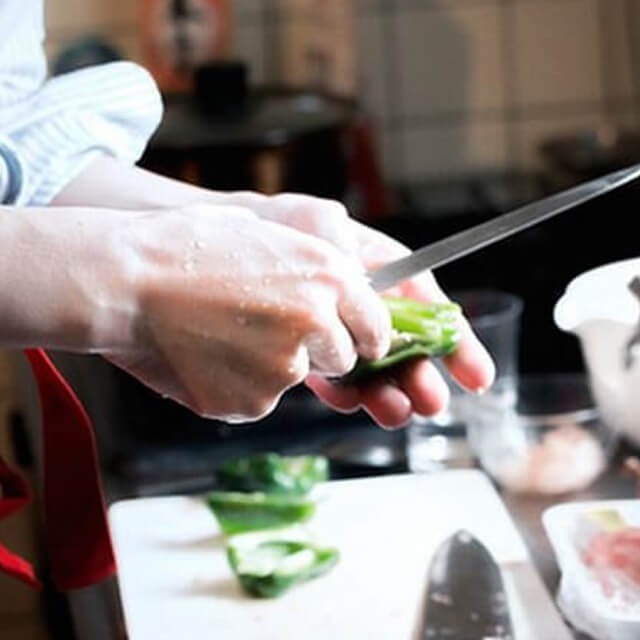Concept behind the "Non-GMO" Series
Around the world, the development of genetic manipulation technology, typified by cloning, is intensifying. When thinking of genetically modified foods, nobody would imagine these technologies to be unrelated. Although the amount of people who check for the "Non-GMO" label due to safety concerns is by no means small, safety isn't always certain. Of course it varies according to country, but there are many cases in which there is no obligation to display the proportion of ingredients or the processing of the product. Additionally, there is no way to know what kind of food etc. is given to the livestock. In short, the reality is that genetically modified foods are being distributed, and one can't avoid talking about the dangers, regardless of whether or not they choose to recognize them.
This series is a response to such a state of affairs. Using the technique of "grafting," which could be said to be the world's oldest form of genetic modification, a variety of food items are being crossed, to produce a so-called "chimera." However, due to the materials being comprised of 100% organic food items, no matter how strange it may look, it is absolutely "not genetic modification."
As the most well-known chimera, the Sphinx deals riddles to passersby, killing and eating those who cannot answer. As in the famous Greek myth, it asks: "What creature has four legs in the morning, two in the afternoon, and three in the evening?" In this series, I would like to exhibit this kind of riddle whereby the answer is simple, but if you do not know it beforehand, seems too hard to solve. For example, what is made when you mix corn with fish? What about carrot and chicken? Is it appetizing? Is it safe? Not knowing these answers, I end up imagining a result akin to the Greek myth.







